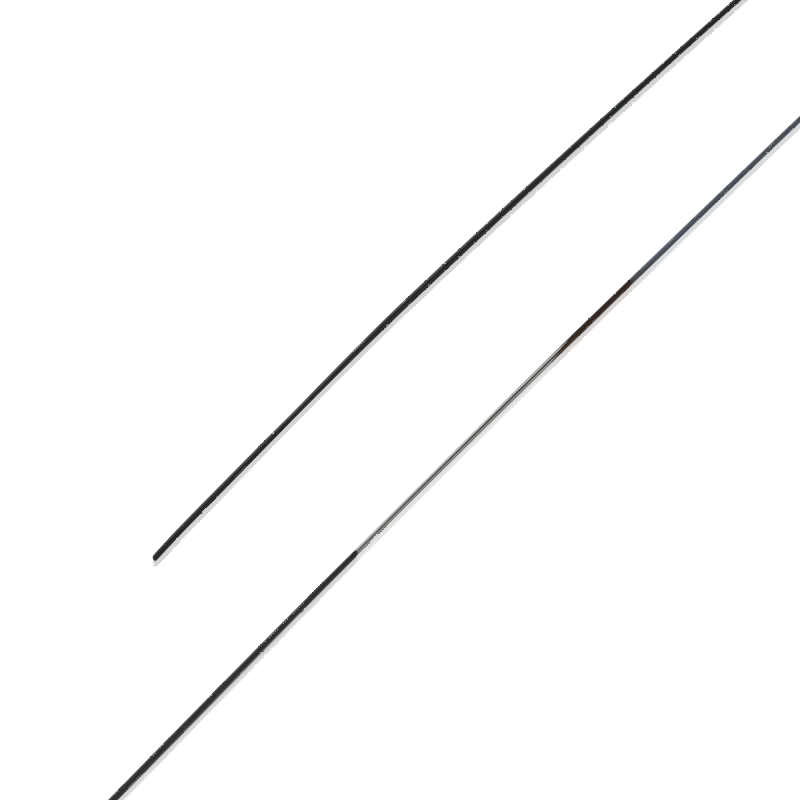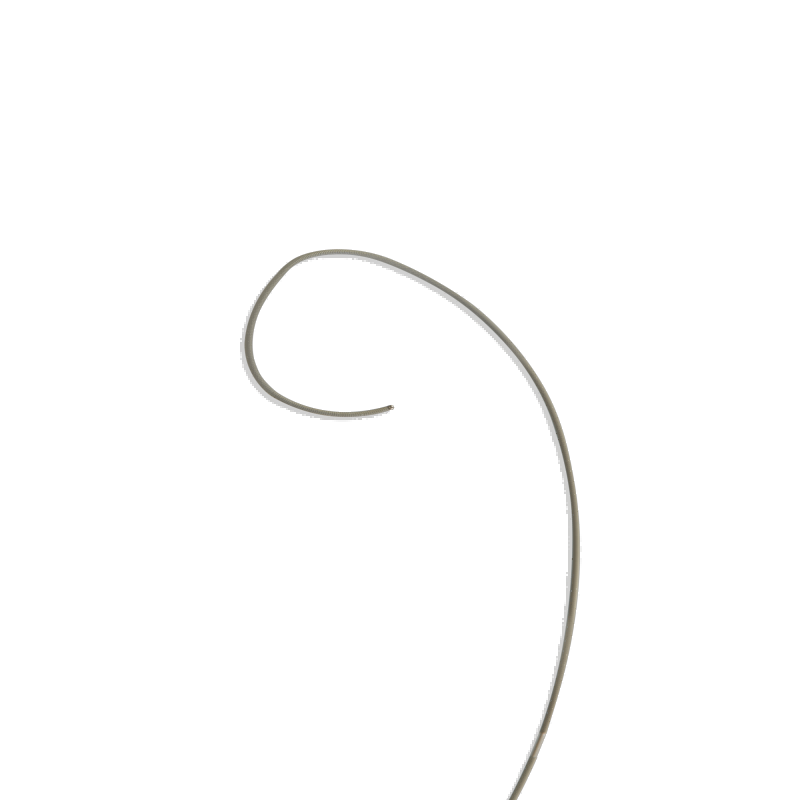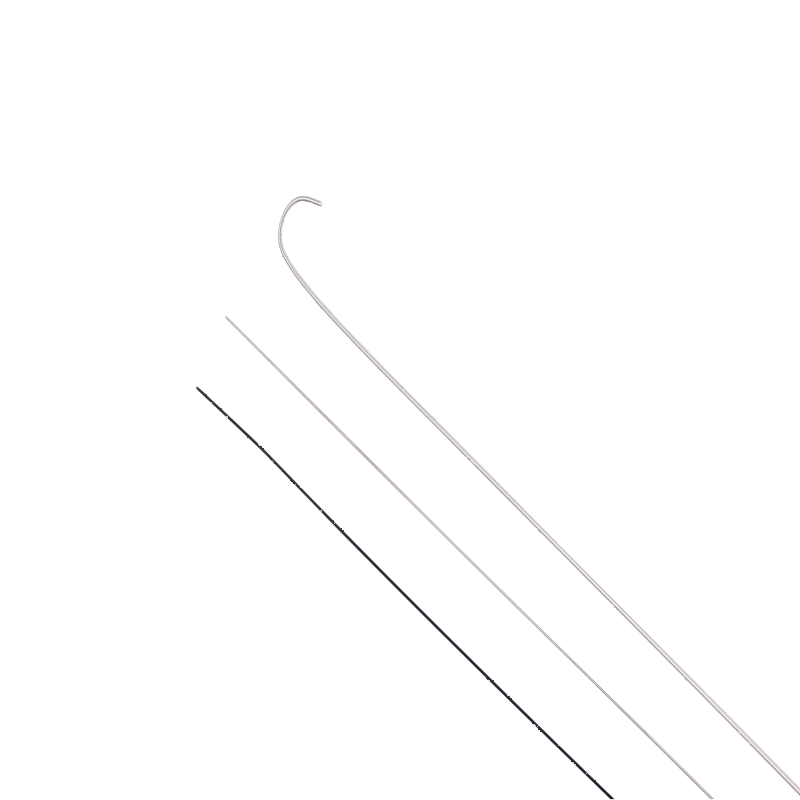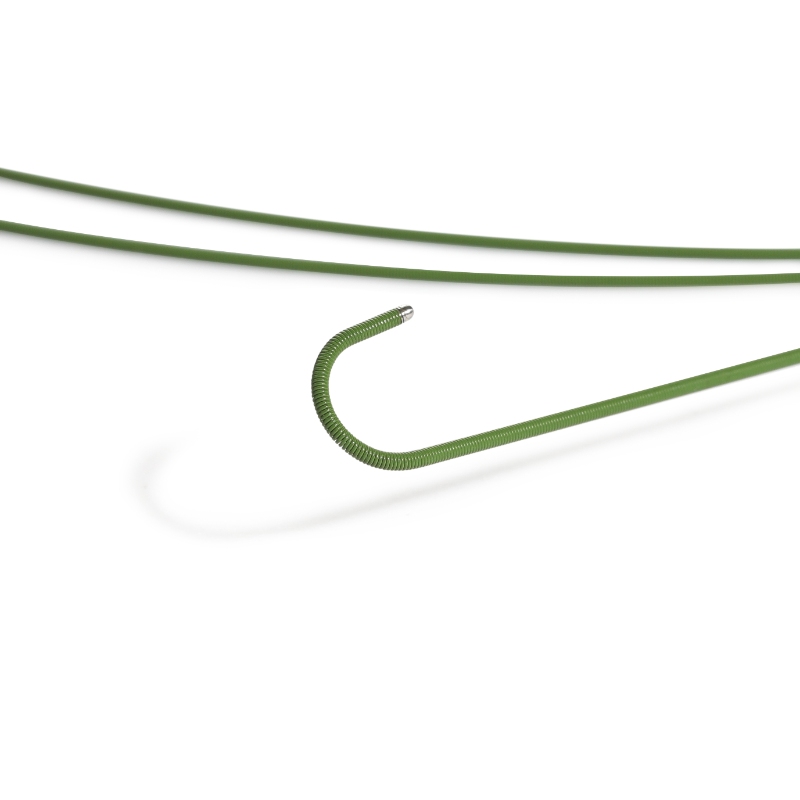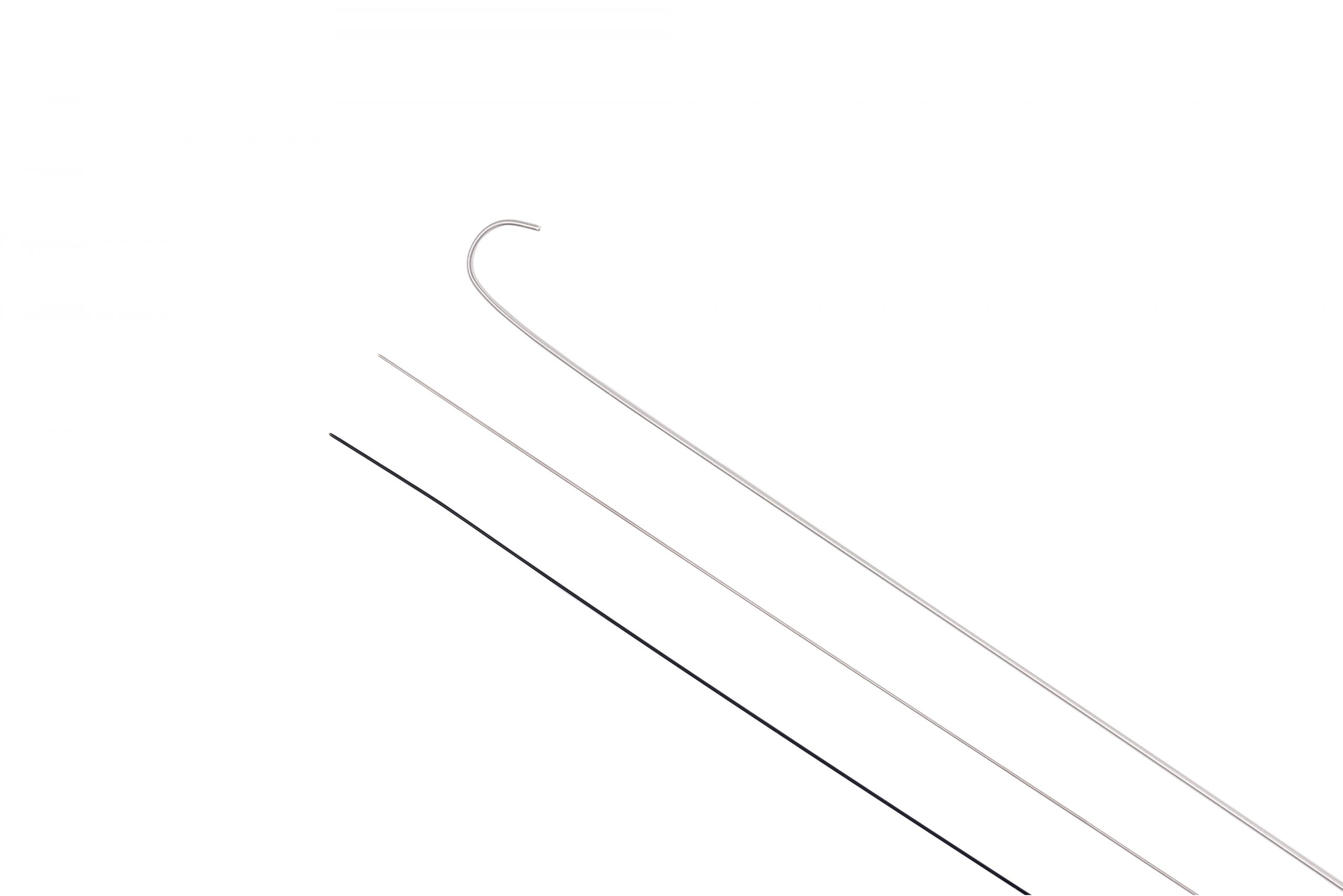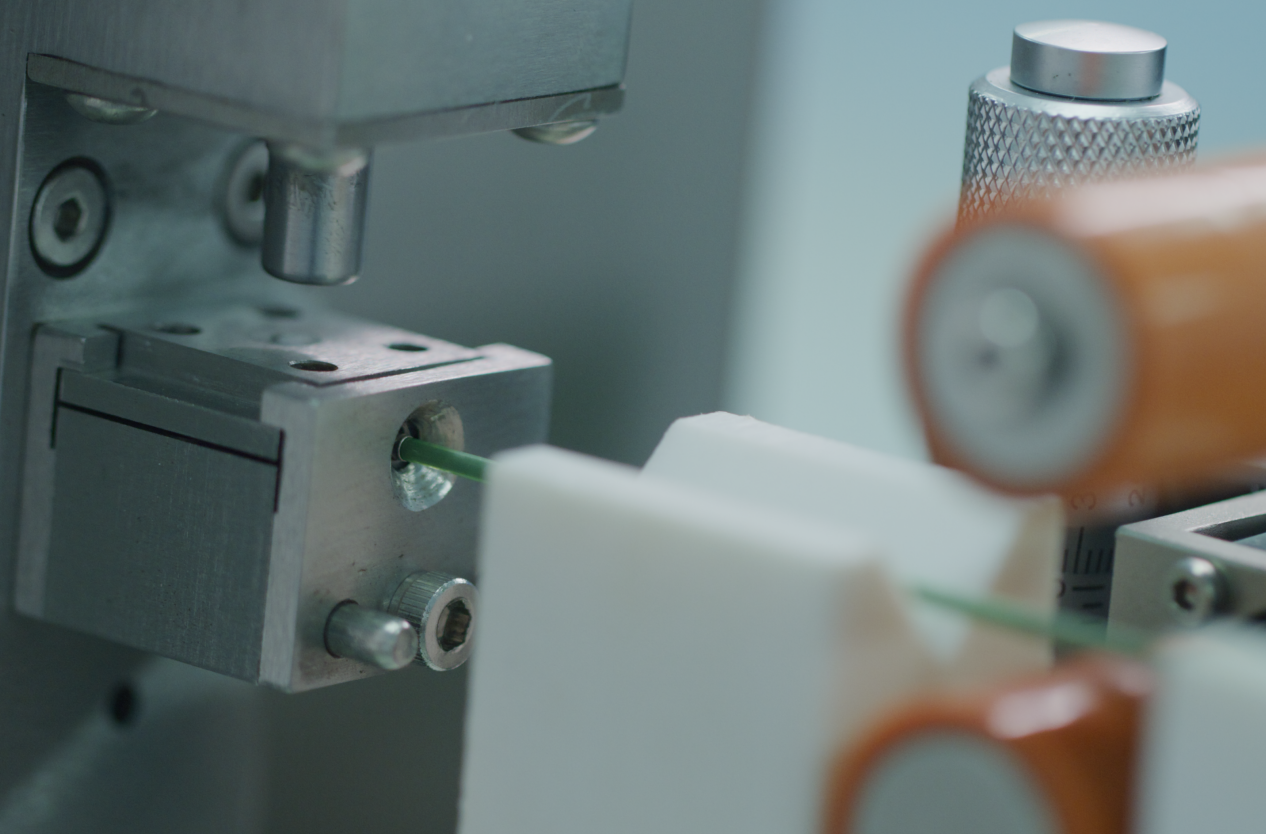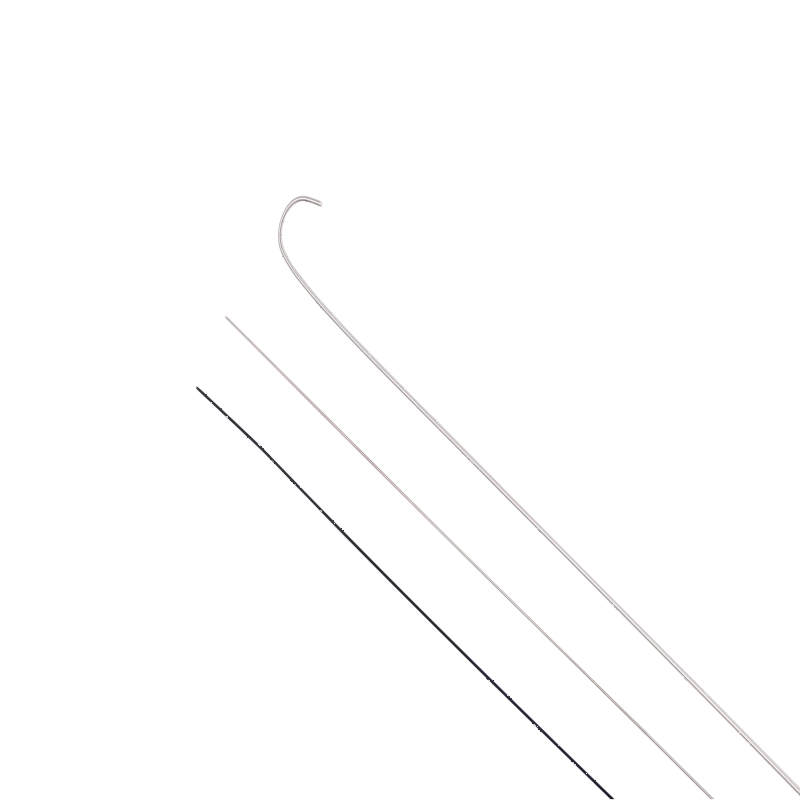Product
Lorem ipsum dolor sit amet, consectetur adipiscing elit. Ut elit tellus, luctus nec ullamcorper mattis, pulvinar dapibus leo.
- Home
- /
- Medical Guidewire
-
Peripheral Micro Guidewire
The peripheral micro guidewire is a specialized medical device used in various diagnostic and interventional procedures to navigate through the peripheral vasculature with precision. Composed of high-quality materials, this guidewire offers exceptional flexibility, durability, and maneuverability, making it an essential tool for healthcare professionals performing peripheral vascular interventions.
-
Peripheral Vascular Guidewire
The Demax Peripheral Vascular Guidewire is meticulously crafted using high-quality materials such as stainless steel or tungsten-containing polyurethane tubes, surface coated with hydrophilic coating, known for their exceptional strength, flexibility, and biocompatibility. These materials undergo precision manufacturing processes to achieve the desired diameter, length, and mechanical properties required for effective vascular navigation. The guidewire is coated with a hydrophilic coating to enhance lubricity and reduce friction, ensuring smooth advancement through vascular pathways. With its advanced design and composition, the Demax Peripheral Vascular Guidewire promises to revolutionize peripheral vascular interventions. It offers healthcare professionals a reliable and versatile tool for navigating complex vascular anatomy and delivering optimal patient care.
-
Pre-shaped Guidewire
The Pre-shaped Guidewire is a specialized medical device used in various diagnostic and interventional procedures to navigate through anatomical structures with precision. Crafted with precision and using high-quality materials, this guidewire offers exceptional flexibility, durability, and maneuverability, making it an indispensable tool for healthcare professionals performing a wide range of procedures.
-
PTCA Guidewire
The Demax PTCA Guidewire is a specialized medical device designed to facilitate the precise navigation of catheters and balloons during percutaneous transluminal coronary angioplasty (PTCA) procedures. Crafted with precision and utilizing high-quality materials, this guidewire offers exceptional performance, flexibility, and durability, making it an indispensable tool for interventional cardiologists performing coronary interventions.
-
PTFE Guidewire
A PTFE (Polytetrafluoroethylene) Guidewire is a specialized medical device used in various diagnostic and interventional procedures to navigate through anatomical structures with precision. Crafted with precision and using high-quality materials, this guidewire offers exceptional flexibility, durability, and maneuverability, making it an indispensable tool for healthcare professionals performing a wide range of procedures.
-
Puncture Guidewire
Puncture Guidewire is composed of a stainless steel core wire and a stainless steel winding wire. The core wire provides stiffness and support for navigating through anatomical pathways, while the winding wire enhances flexibility and maneuverability. This composition ensures the guide wire’s durability and reliability during minimally invasive procedures, allowing healthcare professionals to navigate with precision and achieve successful outcomes for their patients.
-
Spring Winding
The composition of springs produced with Demax Spring Winding varies depending on the application requirements. These springs can be wound from a variety of materials, including high-carbon steel, stainless steel, titanium, and specialty alloys, chosen for their mechanical properties and corrosion resistance. Additionally, depending on the application, springs may undergo surface treatments such as heat treatment, shot peening, or coating to enhance durability, fatigue resistance, and performance in challenging environments
-
Stainless-steel Guidewire
The Demax Stainless-steel Guidewire are constructed using high-quality stainless steel, ensuring excellent flexibility, durability, and biocompatibility. The guidewires are available in various configurations, including straight and J-tip designs, to accommodate different procedural requirements and patient anatomies.

